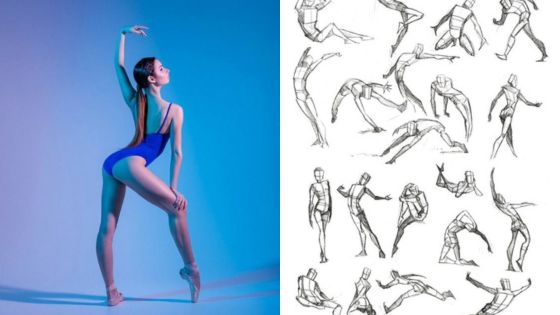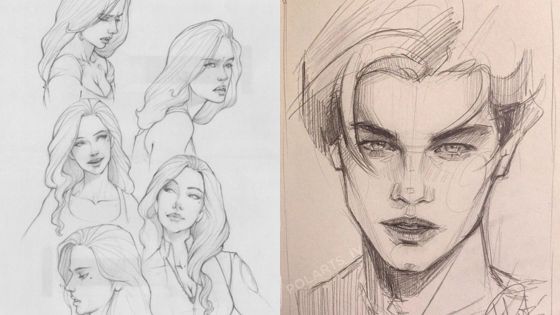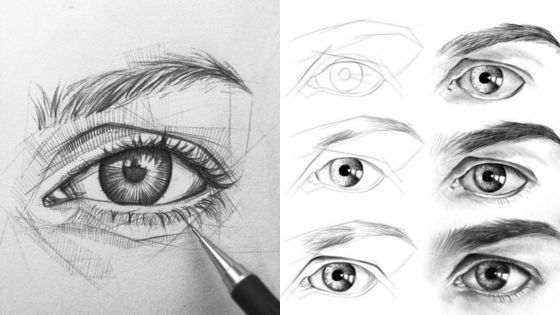In the heart of a bustling city, a young girl named Maya, once labeled “troubled” and “unfocused,” discovered a hidden talent within the school’s art studio. The brushstrokes of vibrant colors on canvas became her voice, a language that transcended words and transformed her life. Maya’s story is not unique. Countless students across the globe have found solace, inspiration, and a renewed sense of purpose through the arts. The importance of arts education cannot be overstated. It is a fundamental cornerstone of a well-rounded education, fostering creativity, critical thinking, and emotional intelligence – qualities essential for navigating the complexities of the 21st century.
This article delves into the multifaceted importance of art in education, exploring how art integration in education enhances cognitive abilities, nurtures emotional growth, and prepares students to become innovative problem-solvers. If you struggle to articulate these ideas, consider seeking help with professional services and don’t forget to use the essay pro promo code to save money. The arts are not mere extracurricular activities but a powerful force for personal transformation and societal advancement.
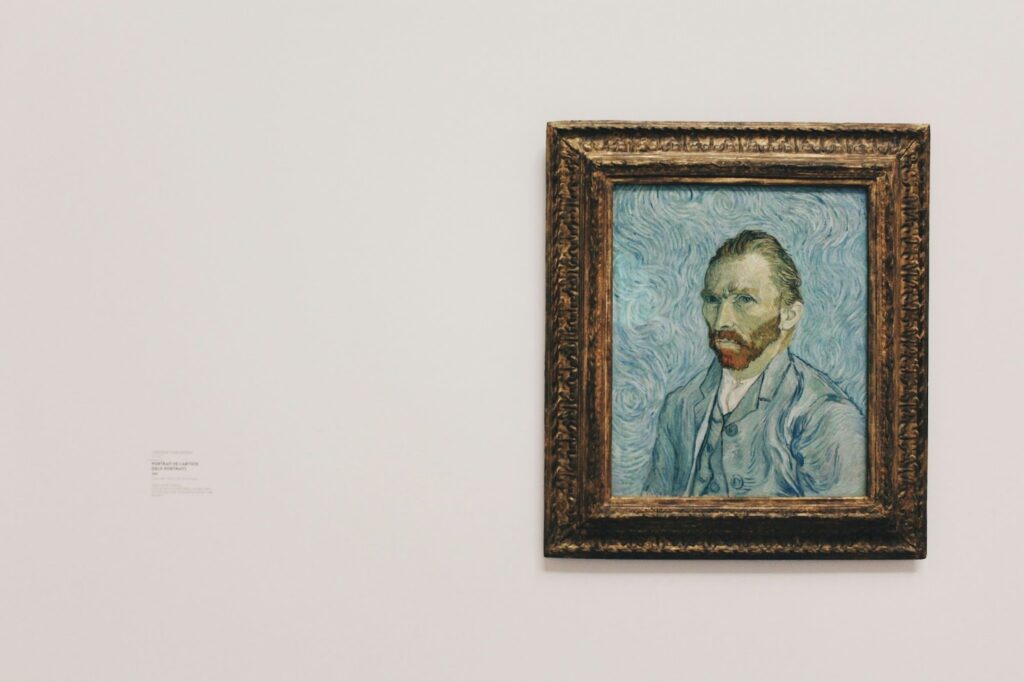
Beyond Test Scores: The Cognitive Symphony
Engaging in artistic activities promotes neuroplasticity, the brain’s ability to reorganize itself by forming new neural connections. This rewiring of the brain not only fosters creativity but also enhances problem-solving skills and critical thinking abilities.
Research has shown that students who participate in arts education tend to perform better academically, with improved reading, writing, and mathematics scores.
However, with its relentless focus on standardized testing, the current educational landscape has often marginalized the arts in education. This narrow emphasis on quantifiable metrics overlooks the broader spectrum of intelligence that the arts cultivate. We must redefine intelligence to include creativity, emotional awareness, and the ability to think outside the box – qualities nurtured through art integration in education.
Empathy Engines: The Arts as Emotional Educators
Art has the unique power to evoke emotions, spark empathy, and bridge cultural divides. When students engage with art, whether it’s through painting, music, dance, or theater, they are exposed to a range of human experiences and perspectives. Engaging with stories allows individuals to cultivate empathy and emotional understanding. This means they become better at identifying and interpreting their feelings and those of others, leading to improved interpersonal relationships and self-awareness.
Moreover, education through art creates a safe space for students to express themselves authentically and explore complex emotions. Whether it’s through writing a poem about heartbreak or composing a song about social injustice, art provides an outlet for feelings that might otherwise remain bottled up. This therapeutic emotional catharsis fosters a deeper understanding of oneself and the world around them.
Future-Ready Innovators: The Arts as Incubators
Arts education is a crucible for cultivating these essential skills. Through artistic endeavors, students learn to embrace ambiguity, experiment with new ideas, and persevere in facing challenges.
The world’s most innovative companies, from Apple to Google, recognize the value of creativity and out-of-the-box thinking. Many of their founders and employees credit their arts education for their success.
By nurturing a generation of artists, designers, and creative thinkers, we enrich their lives and lay the foundation for a more innovative and prosperous society.
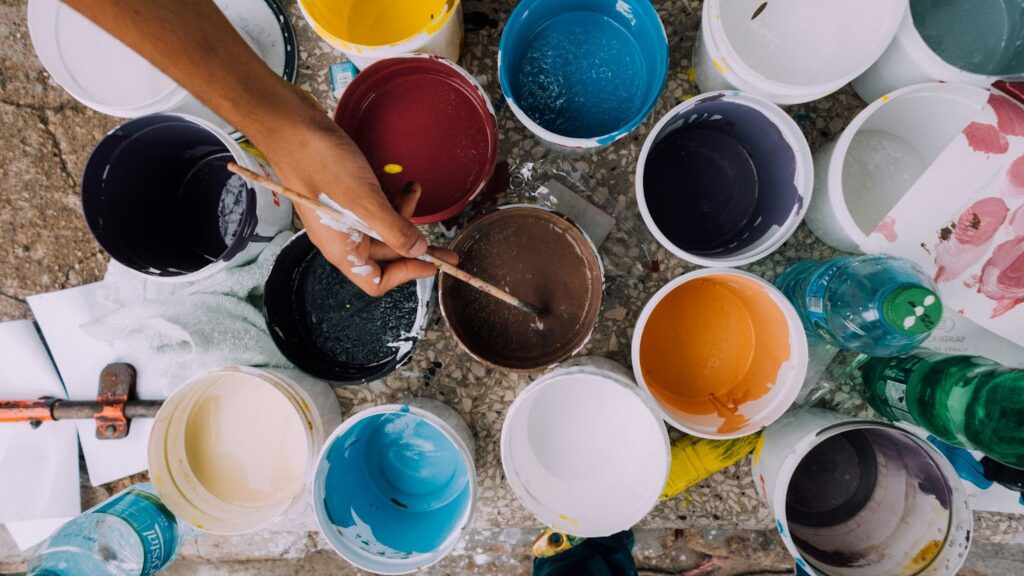
10 Ways Arts Education Benefits Students
- Boosts creativity: Encourages self-expression and innovative thinking.
- Enhances critical thinking: Develops analytical and problem-solving skills.
- Builds emotional intelligence: Fosters empathy, self-awareness, and emotional regulation.
- Improves academic performance: Research shows links to better grades and test scores.
- Develops motor skills: Fine-tunes coordination and agility through activities like painting and sculpture.
- Nurtures cultural awareness: Exposes students to diverse perspectives and artistic traditions.
- Encourages collaboration: Promotes teamwork and communication through group projects.
- Builds confidence: Provides opportunities for self-expression and accomplishment.
- Prepares for future careers: Nurtures skills valued in the modern workforce, such as creativity and communication.
- Creates well-rounded individuals: Enhances overall quality of life and well-being.
Equity and Access: Leveling the Playing Field
Disparities based on socioeconomic status and race persist, with underfunded schools in marginalized communities often lacking the resources to provide comprehensive arts programs. This inequity denies countless students the opportunity to discover their artistic talents and perpetuates systemic disadvantages.
Art integration in education has the potential to be a powerful tool for social justice and empowerment. Incorporating creative expression into traditional subjects like history, science, and literature can transform classrooms into vibrant and welcoming spaces for diverse learners.
Art can connect students across cultural backgrounds, cultivate understanding, and provide a platform for them to share their viewpoints and experiences. We must advocate for equitable arts education in all schools, ensuring every student can benefit from its transformative power regardless of background.
Reimagining Education: A Holistic Approach
The traditional model of education, with its rigid separation of subjects into silos, is increasingly outdated. To prepare students for the challenges of the 21st century, we need a more holistic approach that recognizes the interconnectedness of knowledge and skills. Art integration in education offers a pathway towards this vision.
We can create a STEAM approach that fosters creativity, innovation, and critical thinking by integrating arts into science, technology, engineering, and mathematics (STEM) disciplines. This interdisciplinary approach allows students to explore complex problems from multiple perspectives, apply artistic principles to scientific inquiry, and develop a deeper understanding of the world around them.
Conclusion
Artistic expression is not a frivolous add-on but a cornerstone of a comprehensive education that equips students to navigate an evolving world. The significance of arts education is paramount. It is a basic entitlement that should be available to every student, regardless of their circumstances or socioeconomic status.
The importance of art in education lies in its ability to foster creativity, critical thinking, emotional intelligence, and cultural understanding. The best discussion post writers can empower students to become knowledgeable, empathetic, adaptable, and innovative problem-solvers.
The arts are about creating beautiful things and nurturing human potential to its fullest. We must embrace artistic expression’s profound impact on learning and ensure that every student can access and benefit from its enriching potential.
- 0shares
- Facebook0
- Pinterest0
- Twitter0

